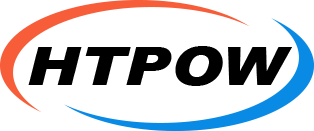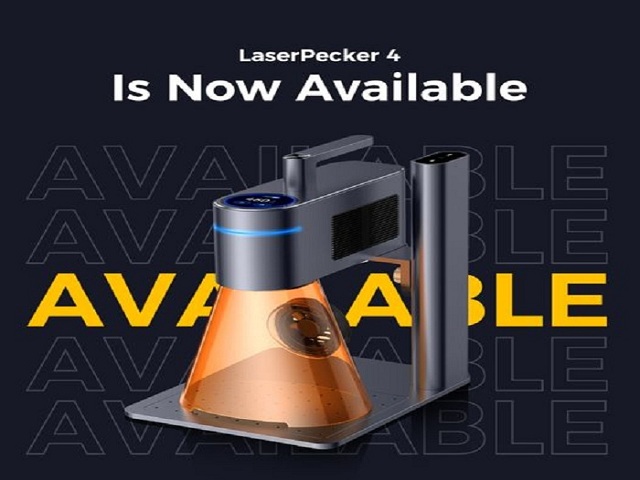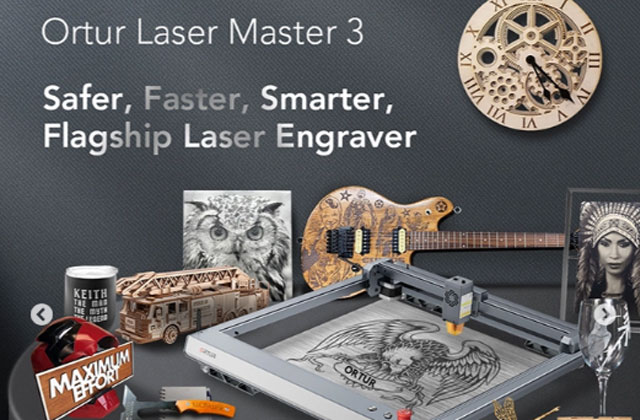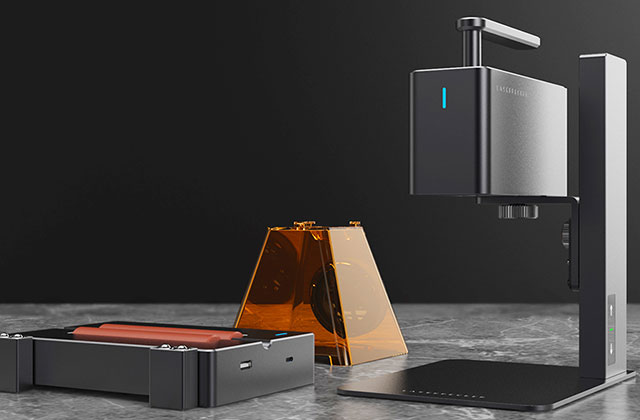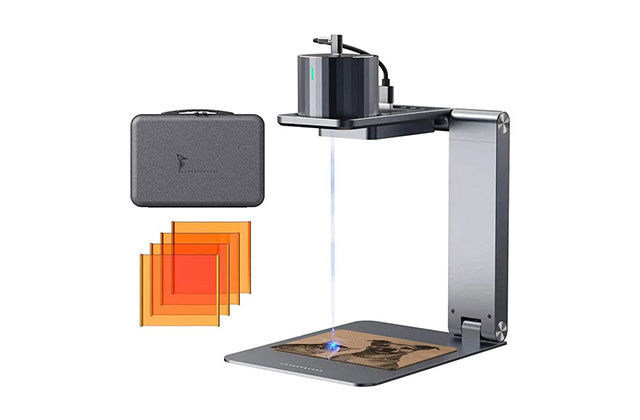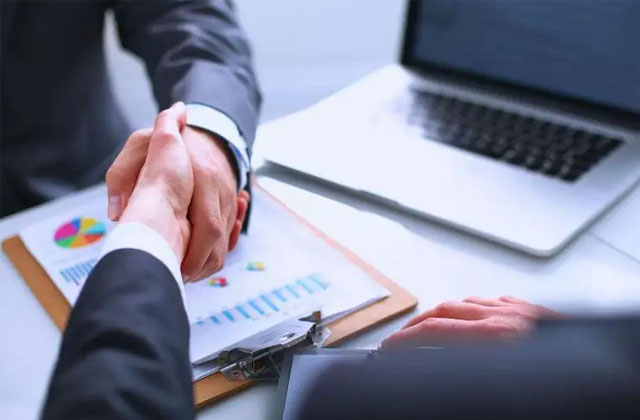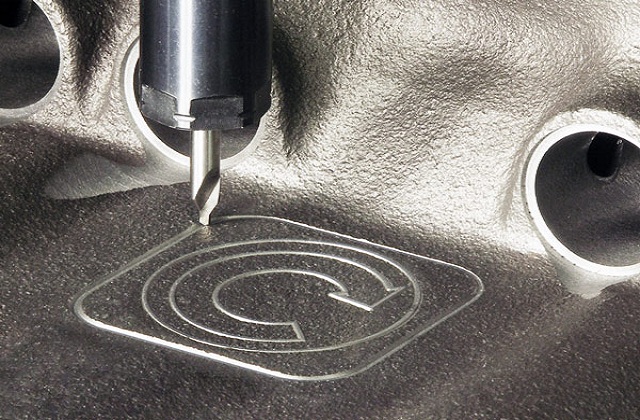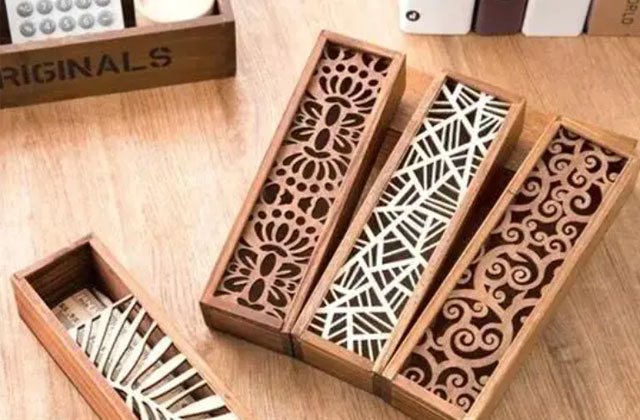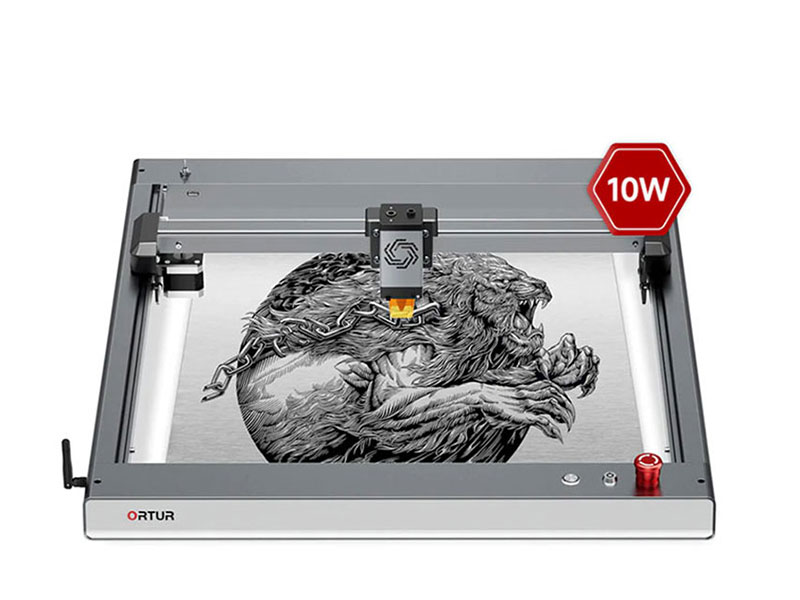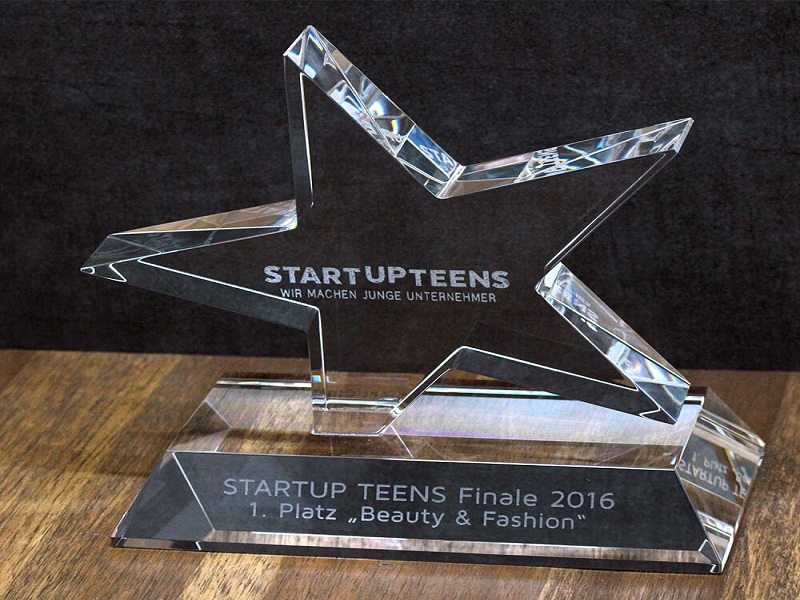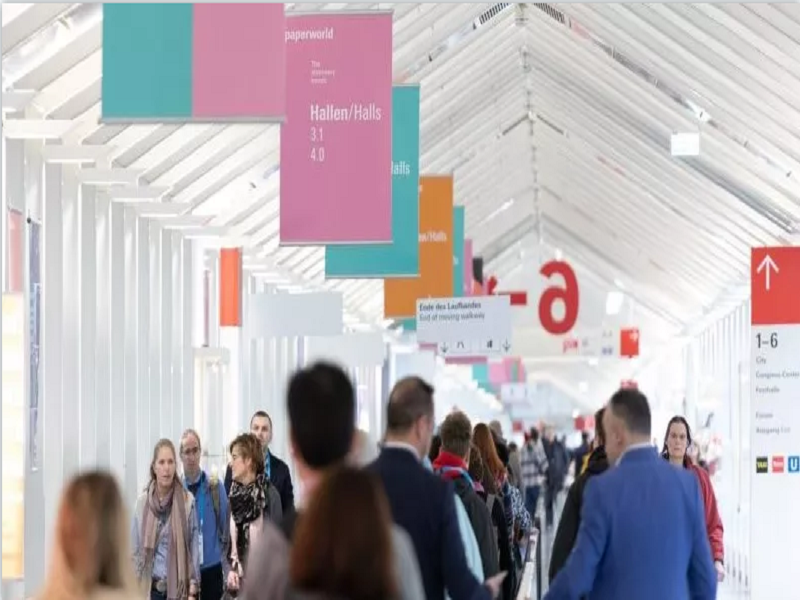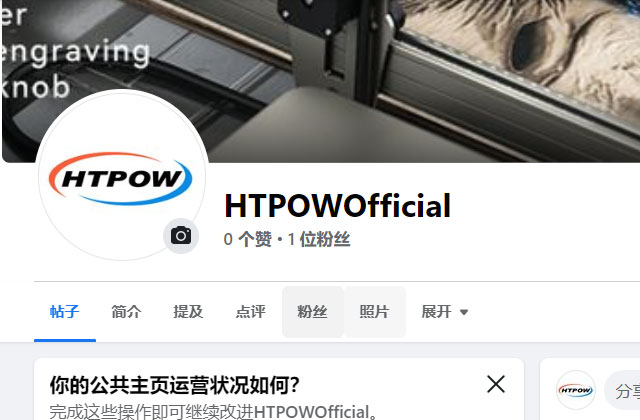Whether you are an experienced engineer or a beginner, learning to use design tools properly takes time.
When making mistakes, designers often ask themselves what they did wrong or what they could do better. This is true in all fields. Laser engraving is no exception.
Avoiding repeated mistakes is half the battle. So let's take a look at five of the most common mistakes made when laser engraving, and how to avoid them in future projects.
Mistake 1: Laser burns through material when engraving
If you want to avoid burning through material during the Sculpfun S10 laser engraving or cutting process, you should first understand which materials are suitable for processing at which temperatures. Sturdy materials like denim, canvas and leather can also withstand higher power settings when engraving. However, for fine materials it is important to start with high speed (up to 100%) and low power (between 5% and 10%). Test these initial settings on the remaining material and gradually increase the power if necessary until the desired result is achieved.
Consider lowering the DPI setting when engraving directly on fabric. The higher the DPI setting, the more material is removed. Engraving at a lower DPI setting ensures that the laser only evaporates the top layer and does not completely penetrate the material. For most materials, a resolution of 150 to 300 dpi is sufficient.
Myth 2: There is no frosted glass effect when engraving acrylic
The most common reason is the use of inappropriate acrylic. Laser engraving generally uses two types of acrylic, each serving a different purpose.
Casting trays and other acrylic products are made from acrylic that is poured into molds. This type of acrylic is great for engraving as it creates the frosted glass effect needed for rewards and signs. Additionally, the material can be laser cut with no signs of edge burns.
The second type of acrylic used for laser engraving on the Sculpfun S30 Pro Max is called extruded acrylic and is processed into sheets. Extruded acrylic is usually less expensive than cast acrylic because it is produced in large quantities. However, it behaves differently than cast acrylic when processed with laser engraver. Extruded acrylic is cut to clean, smooth and flame polished edges. Unlike the typical frosted glass effect, a clear and transparent surface is produced during the engraving process. So always use cast acrylic for sculpting in white and matte finishes.
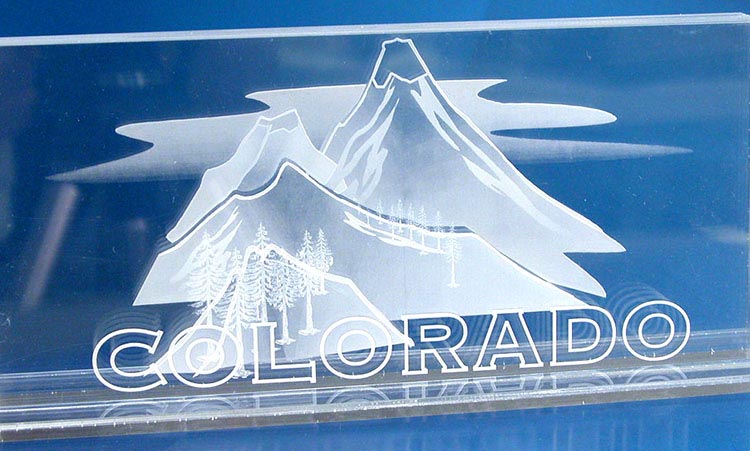
Mistake 3: Uneven glass engraving
When machining glass, the laser typically penetrates only slightly through the surface and cannot remove enough material to make a full engraving with sufficient depth. This produces a matte finish, but depending on the type of glass used, the surface may become rough and chipped. A matte frosted glass effect is desirable - but rough, chipped surfaces should be avoided.
Myth 4: Wood carving produces different results with the same settings
Wood is one of the most suitable materials for lasers. Not only is it easy to cut, but the Sculpfun S9 is great for carving wood.
However, different types of wood can lead to different results for laser engraving. When the laser passes through the wood surface, it creates a beautiful contrast on balsa woods like cherry or maple. Cutting or engraving denser wood requires higher laser power.
The fiber density of different types of wood can vary widely. Cherry, alder, walnut and maple have a fairly fine grain structure, while oak has a medium to strong grain. For example, a square surface carved in cherry wood will be very smooth with few blemishes. The same square will be carved into a block of oak, giving it an irregular appearance with larger bumps.
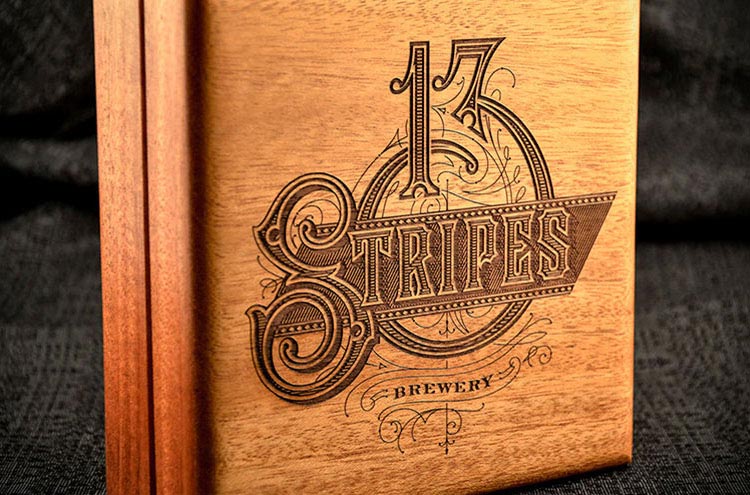
Here are some woodcarving tips:
Maple and alder are particularly popular woods for carving. They can be used to achieve rich contrast.
Carving untreated wood produces fumes and residue that settles in the wood grain. To reduce this effect, always sculpt from the bottom up (the "bottom-up" sculpting feature). This will pull the smoke away from the sculpted area.
When carving stained wood, you can easily wipe off smoke and residue with a damp cloth after carving.
Misunderstanding 5: Laser engraving machine slows down
cleaning supplies. Just like any other design equipment, the Sculpfun laser equipment requires regular cleaning and maintenance to work well. See the laser user manual for maintenance information. If you experience a sudden drop in performance, the first thing to do to fix the problem is to inspect and clean the optics.
It is a good idea to check the laser optics (lenses and mirrors) weekly and clean as needed. If you frequently cut materials such as wood or acrylic that generate a lot of debris when you cut, you may need to clean the optics of your device more frequently. Optics typically have a gold, high gloss finish. If the optics appear dull or have streaks and debris, they should be cleaned.
in conclusion
The mistakes listed above are common to many manufacturers and designers when working with laser engravers, especially if they are unfamiliar with the equipment. But with the right measures, they can be easily avoided or corrected.
